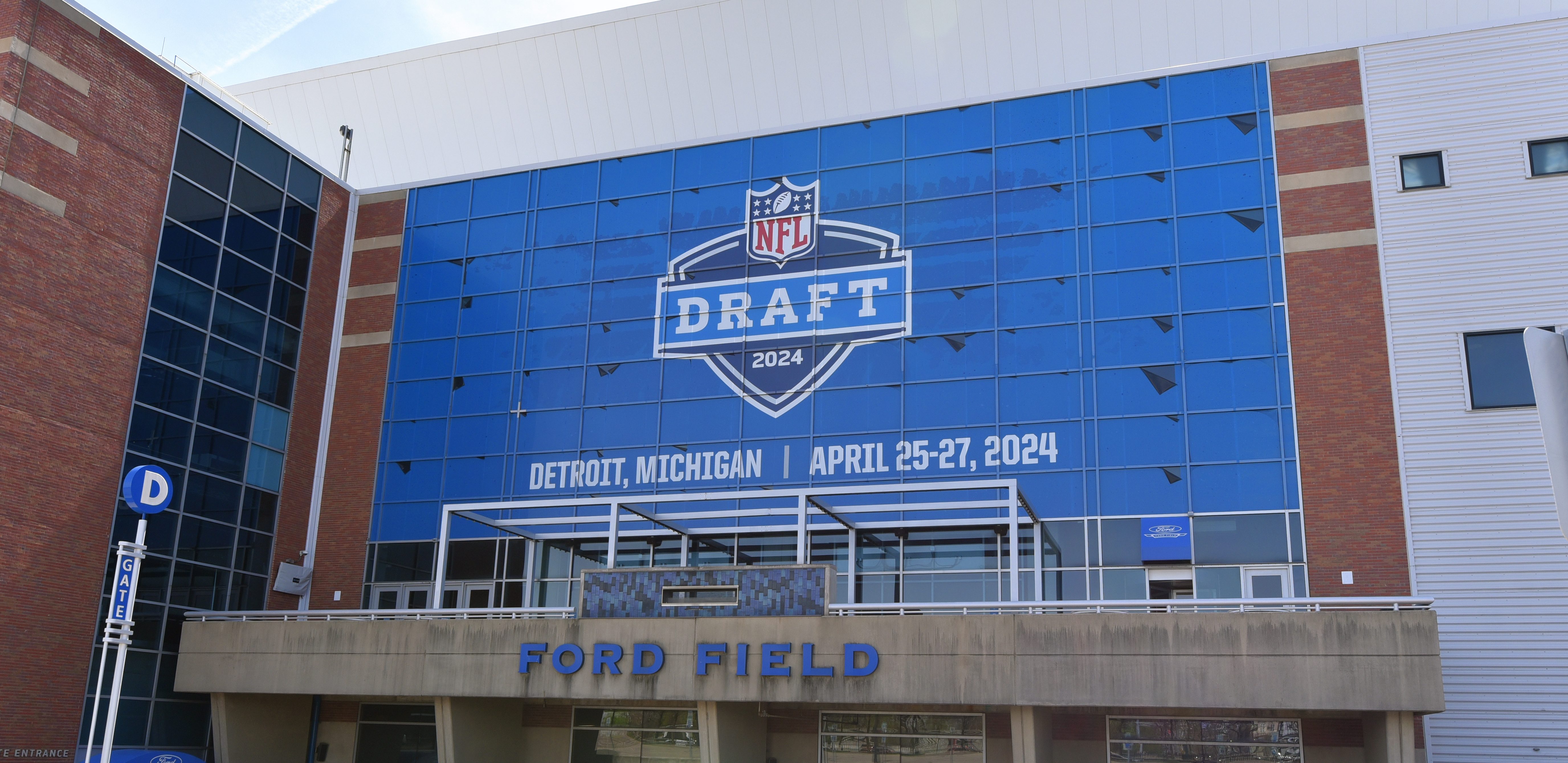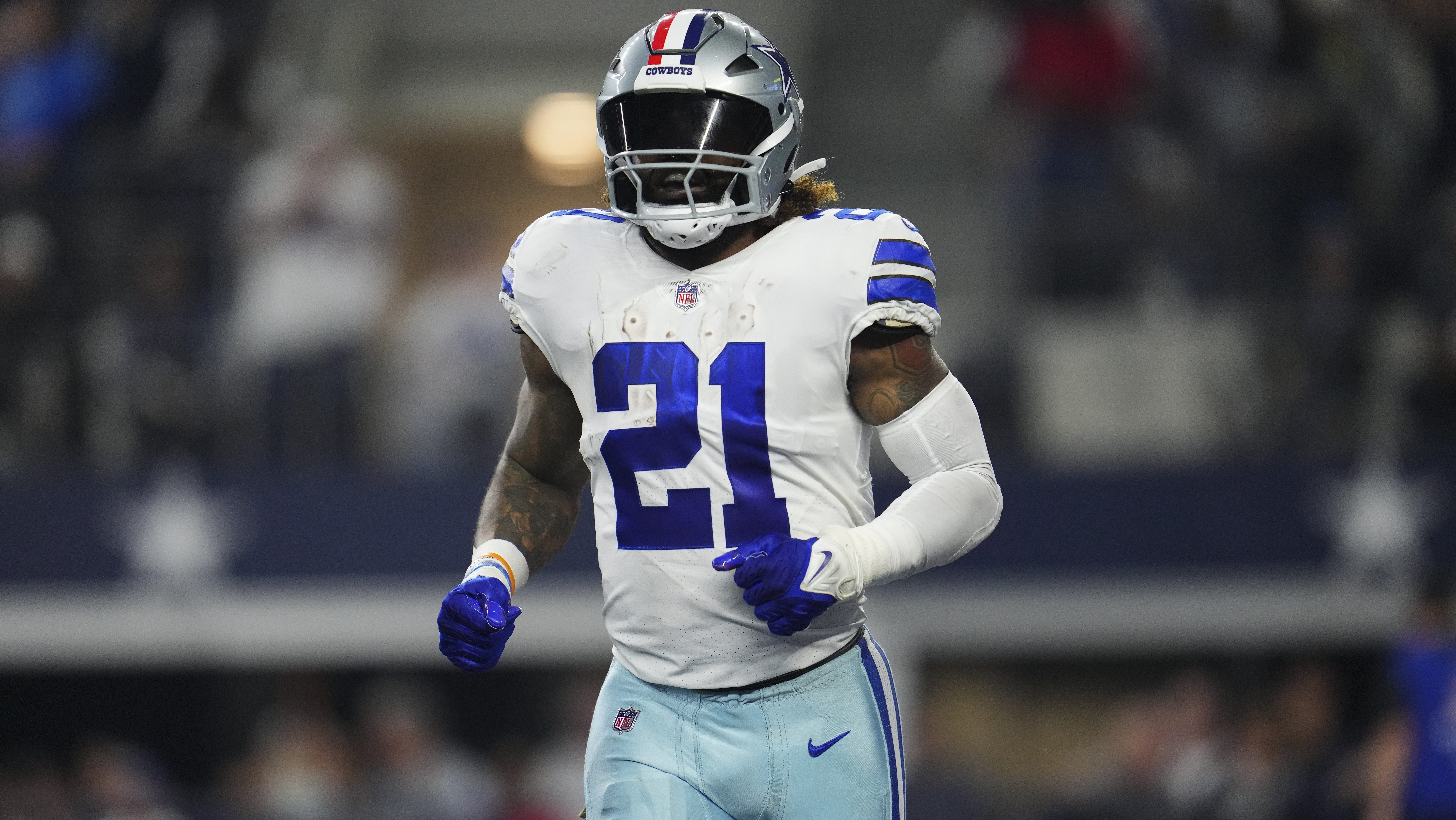2019’s crop of free agent safeties has both top-end talent and plenty of depth, creating what could be a favorable market in which the Bears can operate next week.
Adrian Amos will be one of those players testing free agency when players can enter negotiations with other clubs on Monday, and can officially sign contracts with teams other than their own beginning Wednesday afternoon. But he’s hardly alone in a group that includes:
— The New York Giants’ Landon Collins, a 25-year-old former All-Pro who remains one of the better safeties in the NFL;
Stay in the game with the latest updates on your beloved Chicago sports teams! Sign up here for our All Access Daily newsletter.
— Earl Thomas, formerly of the Seattle Seahawks, a three-time All-Pro and Super Bowl champion with 28 career interceptions and 11 forced fumbles;
— Tyrann Mathieu, a 26-year-old 2015 All-Pro with the Arizona Cardinals who turned a one-year prove-it deal with the Houston Texans into what should be a multi-year contract;
— LaMarcus Joyner, on whom the Los Angeles Rams used the franchise tag instead of wideout Sammy Watkins a year ago;
— HaHa Clinton-Dix, whose play with the Green Bay Packers waned a bit before a midseason trade to Washington but is still only 26, has 14 career interceptions and hasn’t missed a game in his five years in the NFL;
NFL
— Eric Weddle, surprisingly released this week by the Baltimore Ravens, a 34-year-old with 12 years of experience but who has only missed three games since 2010 and made the Pro Bowl in all three years he was in Baltimore;
— Kenny Vaccaro, a 2013 first-round pick of the New Orleans Saints (when Ryan Pace was part of that front office), who’s recorded at least one sack every year of his career while totaling nine interceptions and 34 passes defended in 81 games;
— Tre Boston, who took a cheap one-year deal with the Arizona Cardinals last year and could provide solid play for a similarly-inexpensive price tag;
— Clayton Geathers, who had a solid season to help the Indianapolis Colts reach the playoffs in 2018;
— Glover Quin, a durable 10-year veteran recently released by the Detroit Lions;
— And George Iloka, who only started three games for the Minnesota Vikings last year but isn’t far removed from being a full-time starter for the Cincinnati Bengals.
All 11 of those players, plus Amos, are among Pro Football Talk’s top 100 free agents. Collins (No. 8), Thomas (No. 10), Mathieu (No. 12), Amos (No. 14) and Joyner (No. 17) are all in the top 20.
This, likely, will create a buyer’s market for teams — like the Bears — needing a safety. The Bears will enter free agency pleased with not only Amos’ play in 2018, but his development since being a fifth-round pick in 2015.
“I thought he played well,” Pace said. “He played solid and the ball production increased as the season went on and I think he was comfortable in the defense. you know he's an example of a player that we drafted and developed and he's gotten better. He's a great teammate and a good Bear.”
The Bears, though, have a difficult balance to strike in free agency. Can they afford to commit a significant amount of their cap space — which Spotrac has around $15.6 million, though it could go higher — to a safety, even if it’s a guy in which they’re comfortable in Amos?
Eddie Jackson will be due a significant payday a year from now, unless the Bears go the route of using the franchise tag on the 2018 All-Pro (even then, OverTheCap projects the franchise tag for a safety to be a little over $13 million in 2020; if it continues to increase by nearly $2 million per year, it could be around $15 million in 2021, when Jackson would be a free agent). The Bears could theoretically design Amos’ deal to front-load it and give them an out for when Jackson’s salary would escalate, but Amos may also be able to command more long-term security in the open market. And going that route would, of course, take up more cap space that the team may need to fill out its depth chart.
If the Bears do move on from Amos, consider what Pace said when generally talking about safeties as a blueprint for a target.
“Really our safeties in a lot of ways are interchangeable,” Pace said. “Sometimes the days of just playing a deep free safety and then a box safety all the time, that's not always realistic. So you kind of have to have a balanced skill set for both players.”
It’s worth noting that Jackson actually had more tackles on running plays (16) than Amos (11) in 2018, though those low totals were more the function of the Bears’ front seven being so good and rarely letting a running back into the second level. Amos is generally considered more of an in-the-box strong safety as opposed to the rangy, ballhawking Jackson.
The Bears, certainly, have considered plenty about Amos long prior to the week before he hits free agency. His market among free agent safeties may actually be the most fascinating to watch among the group — he doesn’t have the star power of Collins, Thomas or Mathieu, but those around the game know his value. Even then, perhaps big deals for Collins and Thomas could be enough to depress the market for Amos a bit. Or perhaps there are so many teams in need of a safety that Amos’ market will remain strong even if, say, Collins/Thomas/Mathieu/Joyner all get larger deals than his.
Whatever the answer, Amos is not the Bears’ only option in free agency. But Amos did hint in the aftermath of the Bears’ brutal playoff loss that he feels there’s some unfinished business in Chicago.
“Being that close and feeling like you’re such a great team knowing that this was a great opportunity,” Amos said, “It weighs on your mind a little bit.”


